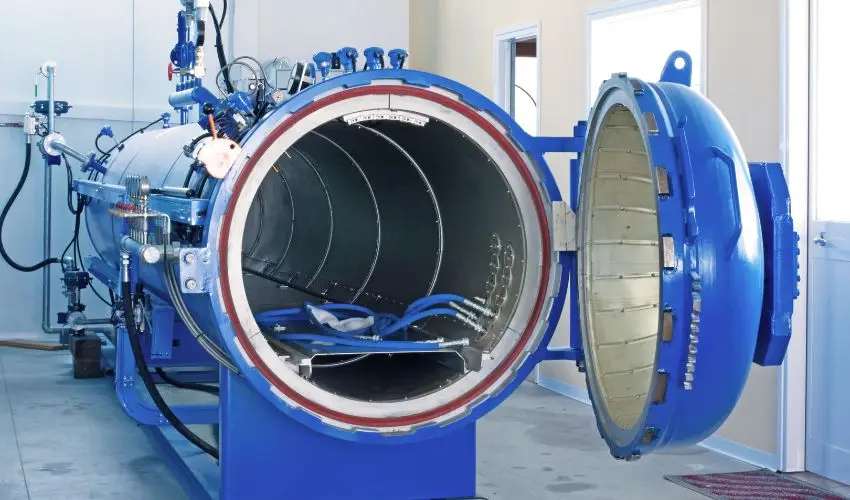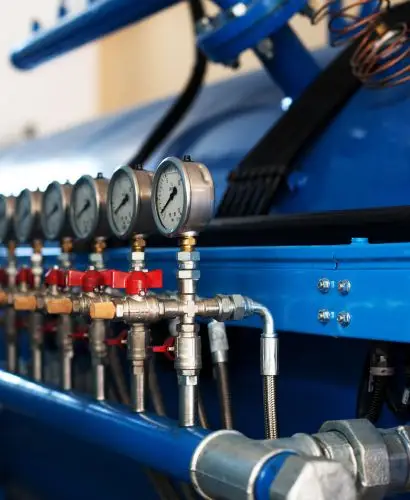Nullam dignissim, ante scelerisque the is euismod fermentum odio sem semper the is erat, a feugiat leo urna eget eros. Duis Aenean a imperdiet risus.
Nullam dignissim, ante scelerisque the is euismod fermentum odio sem semper the is erat, a feugiat leo urna eget eros. Duis Aenean a imperdiet risus.


An industrial autoclave is a large, pressurized vessel designed to perform a variety of processes that require controlled temperature, pressure, and steam. Think of it as a high-tech oven that uses steam and pressure to achieve results that ordinary equipment simply cannot. These machines are built to handle extreme conditions, making them indispensable in industries where precision and safety are non-negotiable.
At its core, an autoclave works by creating a sealed environment where steam can penetrate materials, ensuring thorough sterilization, curing, or bonding. The combination of high pressure and temperature allows for processes that are faster, more efficient, and more effective than traditional methods.
Industrial autoclaves are used in a variety of industries, each with its own unique requirements. Here are some of the most common applications:
 Some Question
Some Question